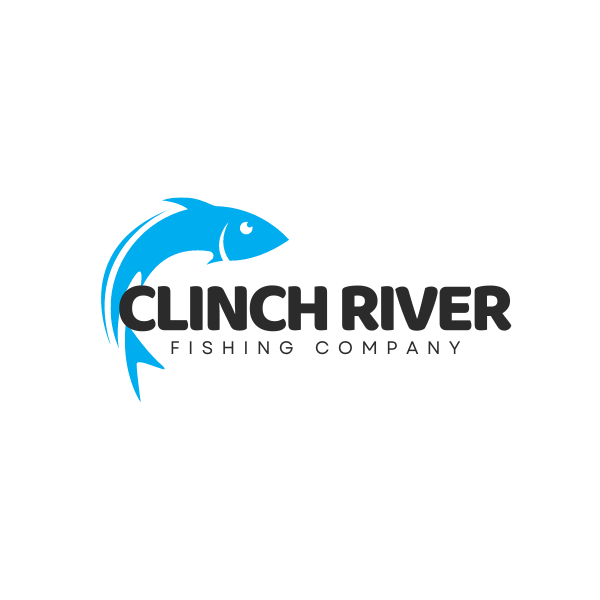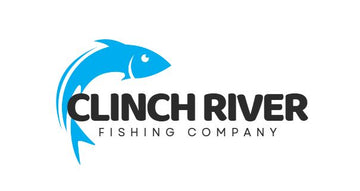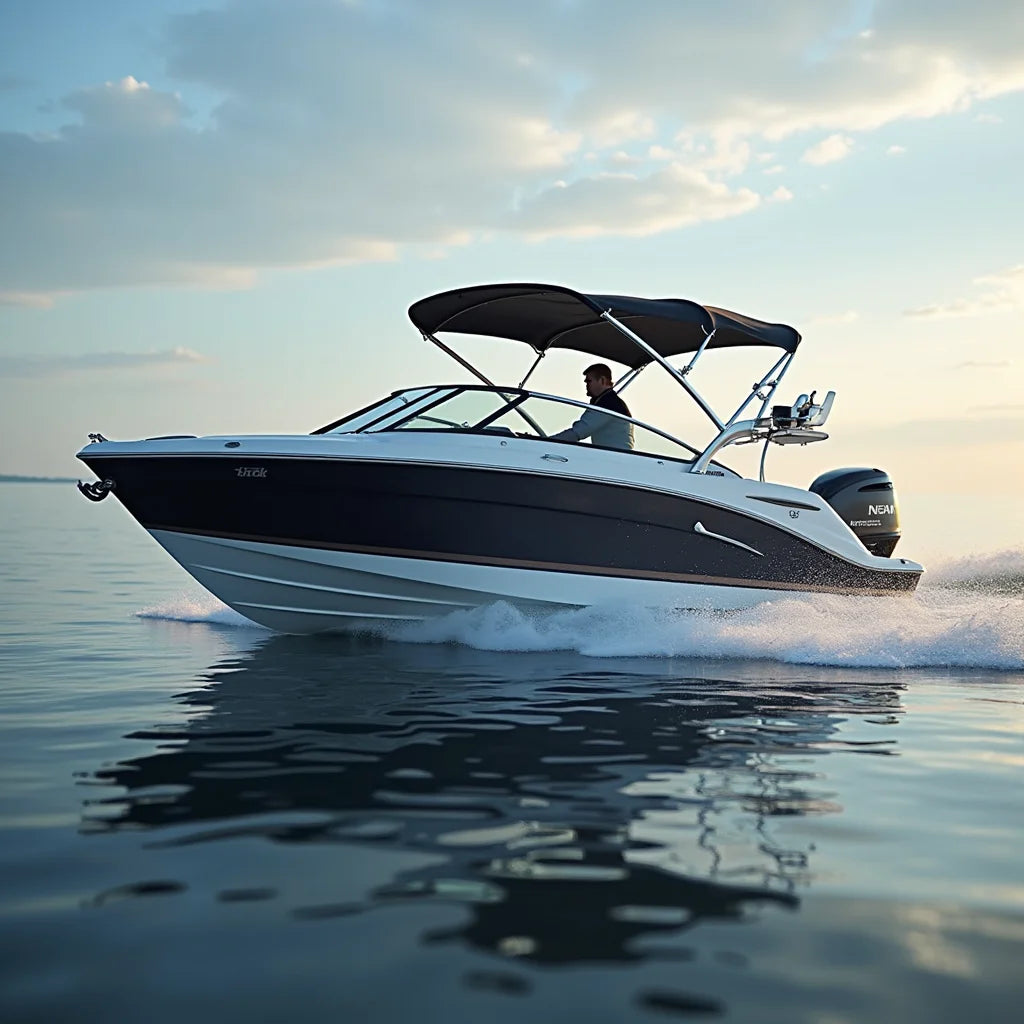Updated on: 2025-10-23
- Minn Kota overview and benefits for anglers
- Pros and cons of Minn Kota trolling motors
- Step-by-step Minn Kota installation, wiring, and i-Pilot setup
- Choosing the best Minn Kota trolling motor for bass boats
- Wrap-up: making the most of your Minn Kota on the water
- Minn Kota FAQs: clear answers for common questions
Minn Kota overview and benefits for anglers
Many boaters choose minn kota for steady, quiet control on the water. Whether you write it as MinnKota, Minn-Kota, or Minn Kota, the brand is well-known for reliable trolling motor technology and thoughtful features like i-Pilot. With precise GPS anchoring, smooth steering, and speed control, a Minn Kota trolling motor can help you hold position on a windy point, slip along a grass line, or work a dock pattern with less drift and noise. The benefit for you is more time focusing on the bite and less effort fighting the elements.
If you are exploring gear that complements your motor, you may find helpful information and products on the store. For an overview of available items, browse all gear. If you prefer to speak with someone, the contact page can be a friendly place to start. To learn more about the team behind the resources, see about us.
Pros and cons of Minn Kota trolling motors
- Pros: Quiet and smooth thrust. Minn Kota motors are well-regarded for low noise and steady control, which can help keep fish calm and your approach natural.
- Pros: i-Pilot GPS functions. Popular features include Spot-Lock (virtual anchor), route recording, cruise control, and easy speed adjustments from a handheld remote.
- Pros: Broad range of sizes. You can match thrust and shaft length to a kayak, small skiff, or full-size bass boat, making sizing flexible.
- Pros: Saltwater and freshwater options. Corrosion protection on select lines supports inshore users, while freshwater models focus on lakes and rivers.
- Cons: Battery demand. Higher thrust and windy conditions can draw significant power; careful battery selection and wiring help reduce stress and voltage drop.
- Cons: Learning curve for i-Pilot. Features are powerful, yet some owners need a short learning period to master calibration, menus, and firmware updates.
- Cons: Upfront cost. GPS-equipped motors add capability and also cost more than basic, non-GPS models.
Step-by-step Minn Kota installation, wiring, and i-Pilot setup
This practical walkthrough aims to keep things simple. Please consider your boat’s layout, follow the manufacturer’s manual, and consult a qualified technician if anything feels uncertain. The steps below cover the most common needs, including “What size Minn Kota trolling motor do I need for my boat?” and “How do I install and wire a Minn Kota trolling motor?” You will also find a brief section on Minn Kota i-Pilot troubleshooting and calibration.
Choose the right Minn Kota motor size
Matching thrust and shaft length to your boat helps the motor perform well. As a gentle rule of thumb, many anglers consider about 2 pounds of thrust for every 100 pounds of fully loaded boat weight (people, fuel, batteries, and gear included). Larger, wind-catching boats or heavy river flow may encourage a bit more thrust for confident control. Shaft length matters too. For bow mounts, measure from the bow mounting surface to the waterline, then add about 20–25 inches to help keep the prop submerged in chop. If you fish rough water or tall bows, add a few extra inches for security.
Example guidance, not a strict prescription:
- Small jon boats and kayaks: 30–45 lb thrust with shorter shafts.
- Mid-size aluminum boats: 55–70 lb thrust with moderate shafts.
- Bass boats or larger multispecies rigs: 80–112 lb thrust with longer shafts.
Ask yourself how windy your home waters are and how much gear you carry. A little extra thrust can feel reassuring when conditions pick up.
Gather tools and parts for installation
- Correct Minn Kota mounting base and hardware for your model.
- Marine-grade tinned wire of proper gauge for your voltage and run length.
- Appropriate circuit breaker (as specified by Minn Kota for your thrust and voltage).
- Heat-shrink connectors, ring terminals, and dielectric grease.
- Battery or batteries (12V, 24V, or 36V) with a smart charger.
- Basic tools: drill, bits, wrenches/sockets, wire crimper/stripper, sealant for holes.
Mount the trolling motor on bow or transom
Bow mounting gives precise boat control because the motor pulls rather than pushes. Dry-fit the base on a flat, strong section of the deck where the deployed shaft clears the rub rail. Confirm the stow direction and cable clearance. Mark the holes, drill pilot holes carefully, and seal any exposed core before final bolts go in. Use backing plates or large washers beneath the deck to spread load.
For a transom mount, measure and center the clamps or bolts on the stern, keeping the prop well below the waterline. Ensure that steering range is clear and that the motor locks securely in the raised position.
Wire 12V, 24V, or 36V battery systems
Follow the Minn Kota manual for your specific model. Many owners find these gentle guidelines useful:
- Choose the right wire gauge. Longer runs and higher current call for thicker wire to avoid voltage drop. Marine tinned copper wire resists corrosion.
- Install the circuit breaker near the battery. This helps protect wiring in case of a short.
- Use clean, tight connections. Crimp with quality tools, apply heat-shrink, and finish with dielectric grease on exposed metal.
- Series wiring for 24V or 36V. For 24V, connect the positive of Battery 1 to motor positive, negative of Battery 2 to motor negative, and jumper Battery 1 negative to Battery 2 positive. For 36V, add a third battery in series using the same principle.
Before first use, fully charge batteries and check every connection for snug fit and correct polarity. A final continuity check can prevent surprises on the water.
Calibrate and pair i-Pilot
i-Pilot adds GPS anchoring, route recording, and gentle speed control. A short setup helps the system respond smoothly:
- Pair the remote. With the motor powered, open the pairing menu on the i-Pilot remote and follow prompts until the link is confirmed.
- Compass calibration. On calm water, follow the on-screen instructions to slowly turn the boat in a circle. This helps Spot-Lock hold more accurately.
- Set boat scale if available. Adjusting scale can improve steering responsiveness for your hull size.
- Check firmware. If your model supports updates, confirm the latest version for best stability and features.
If Spot-Lock drifts or steering feels off, consider these Minn Kota i-Pilot troubleshooting and calibration tips: re-run compass calibration in open water, ensure the motor shaft is vertical and tight in the mount, confirm batteries are fully charged, and check for magnetic interference (tools or speakers near the head can affect sensors). A gentle reset of the remote, followed by a fresh pairing, often clears small communication glitches.
Water test and maintenance checklist
- Run through all speeds, turns, and Spot-Lock in calm water before fishing.
- Listen for vibration and tighten mounting hardware if needed.
- Rinse with fresh water after salty or dirty conditions (use a light splash, not high-pressure jets).
- Inspect prop for line or weeds and remove gently.
- Charge batteries after each trip; avoid deep discharges when possible.
Choosing the best Minn Kota trolling motor for bass boats
The best Minn Kota trolling motor for bass boats depends on hull length, storage layout, wind exposure, and how you fish. Many bass anglers choose bow-mount motors with i-Pilot for quiet, precise positioning. Here are calm, practical considerations to help you reflect on options:
- Thrust: Bass boats often benefit from 80–112 lb thrust, which handles wind, current, and heavy tournament loads with confidence.
- Shaft length: When fishing offshore structure or in choppy reservoirs, a longer shaft helps prevent prop blowout as the bow moves.
- Foot pedal vs. remote: A pedal allows hands-free steering while casting; the i-Pilot remote adds Spot-Lock and speed control from anywhere on deck.
- Battery system: 24V motors balance power and weight; 36V motors deliver maximum thrust and longer run times when paired with suitable batteries.
- Mounting footprint: Check locker lids and bow electronics for interference; a quick-release base can simplify storage and service.
- Water type: If you sometimes fish brackish marshes or inshore flats, consider a corrosion-resistant line for peace of mind.
It may help to write down your most common scenarios: shallow dock skipping, windy ledge fishing, or grass bed stalking. Match the motor’s thrust and features to the days you face most often, not the rarest trip of the year.
Wrap-up: making the most of your Minn Kota on the water
Choosing and installing a minn kota trolling motor can feel simple when guided by a few steady ideas: size the motor to your boat and conditions, mount it on a firm surface with clean hardware, wire it carefully with marine-grade components, and give i-Pilot a careful calibration. With those steps, your Minn-Kota setup can feel smooth, quiet, and steady as you work a shoreline or hold on a windy point.
If you would like additional gear insights or friendly assistance, you may find helpful information through the store and the contact page. Learning a little more about the team on the about us page and browsing all gear may also support your planning.
Minn Kota FAQs: clear answers for common questions
What size Minn Kota trolling motor do I need for my boat?
As a gentle starting point, consider about 2 pounds of thrust for every 100 pounds of fully loaded boat weight. If your waters are windy or you fish strong current, a little extra thrust can help. For shaft length, measure from the bow mounting surface to the waterline and add around 20–25 inches for consistent prop immersion. If your bow sits high or you fish choppy lakes, consider a slightly longer shaft.
How do I install and wire a Minn Kota trolling motor?
Begin by dry-fitting the mount on a flat, strong area and checking for stow and deploy clearance. Use sealed hardware with backing plates or wide washers. For wiring, choose marine-grade tinned copper in the correct gauge for your voltage and run length, install the recommended circuit breaker near the battery, and make snug, clean, heat-shrunk connections. For 24V or 36V systems, wire batteries in series as the manual describes. Before your first trip, charge batteries fully and check continuity and polarity.
What should I do for Minn Kota i-Pilot troubleshooting and calibration?
Re-run the compass calibration in open water, pair the remote again if commands feel delayed, and confirm firmware if your model supports updates. Make sure the motor shaft is vertical and tightly secured, and keep magnets or speakers away from the motor head to reduce interference. When Spot-Lock drifts more than expected, calm water recalibration and a battery health check often help improve holding precision.

Owner and CEO of Clinch River FIshing USA. A marine electroncs, fishing and outdoor store.

